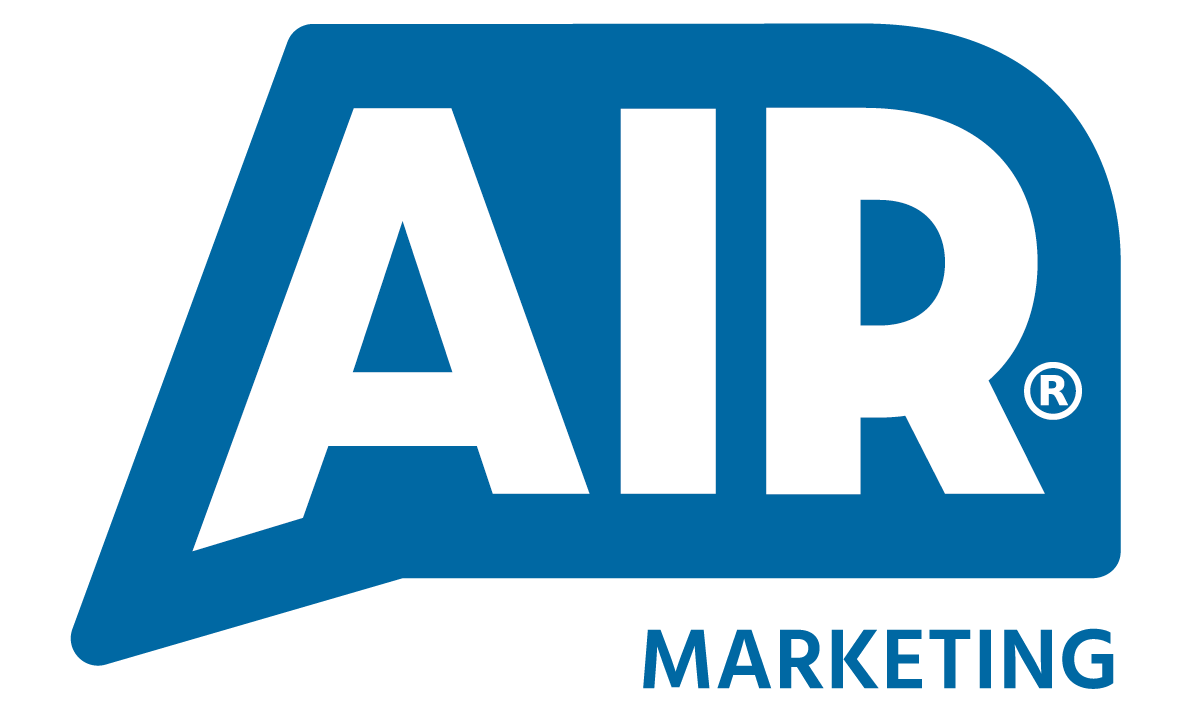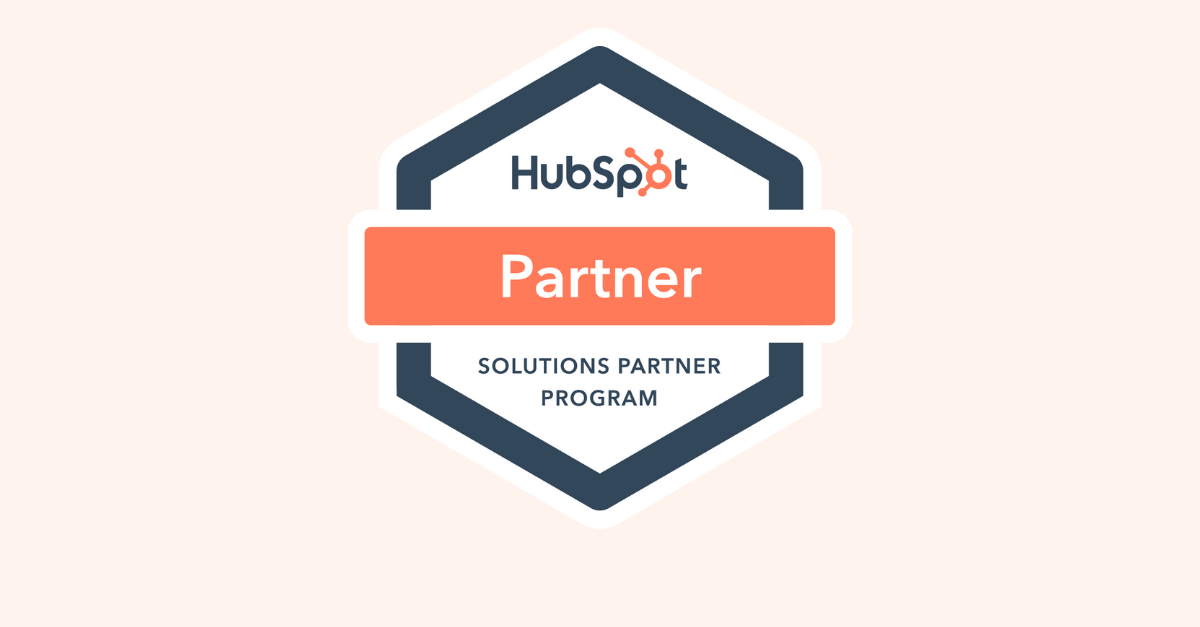We all know the phrase ‘first impressions count’. Thanks to social media, that first impression now happens before your first meeting with a client. Your social presence, specifically LinkedIn, is a fantastic opportunity for you to breathe life into your business, showing people the personality behind the brand.
Research shows a direct correlation between time spent on developing your personal brand and consumer trust. 82% of customers trust a company when their senior management members are active on social media (GoGulf, 2013). 89% of top performing sales people say social networking platforms, such as LinkedIn, are important in closing deals and are part of their sales strategy (SuperOffice, 2020). So this tells us the old adage still rings true – people buy from people and connections matter.
Check out the competition
This is an important litmus test. Before you can start developing your social strategy and content plans, it’s vital to research what your competitors are doing on LinkedIn and use it to your advantage. Look at their most successful posts. What types of content do the people in your desired market engage with? What are the key themes that people are discussing? Think about how you could create content that responds to the conversations you’re seeing in the comments, or start a conversation that matters to you.
Define your tone of voice
When everyone is talking, it’s hard to cut through the noise and make an impression. It’s not about being bold and extrovert. If that’s simply not you, it won’t ring true with your audience. Try to find your authentic voice, own your material and don’t be afraid to voice your opinions. Remember, you’re an expert in your business and there’s nobody who knows that story better than you. If you need help telling it, that’s OK. A trusted provider can help guide you on that and draw out the key elements your audience will find most engaging.
Getting started
A basic but important first step is to ensure your profile is up to date. As mentioned previously, first impressions count and if your profile doesn’t reflect your current role or campaigns you’re working on, it’s going to jar with your audience. Take control of this and let people know you’ve got it covered. Think of it as your own personal elevator pitch. Let people know that connecting with you will open the door to interesting content and opportunities.
Consistency matters
It’s easy to get caught up with posting furiously when you start out because enthusiasm is high, then letting it slide during more hectic times. Consistency is the key to success. An easy way to stay on track is to put together a content schedule. Planning ahead doesn’t mean a dearth of creativity – mix up scheduled content with more spontaneous posts that capitalise on topical industry news.
Content rules
Everyone talks about engaging content but think hard about what this means to you. Maybe you’re a natural storyteller who finds it easy to weave the fabric of daily business life into anecdotes and thoughts that spark ideas. Maybe you’re a direct person who sees something incredible and can’t help but hit share. Whatever your preferred methods, write content that’s enjoyable to read and include relevant hashtags for your industry and target audience. You can even see how many people are following that hashtag just by searching for it (no magic required!).
Get connected
LinkedIn is all about connections; even the biggest influencers send regular InMails and invest time and attention to growing their network through quality, shareable content. They do it because they know it’s the key to staying relevant and part of the conversation.
Join the industry groups that are relevant to your business. This is not only great for refining your content strategy; it provides valuable insight into your customers’ challenges. If you see a conversation where you can solve a customer problem or offer relevant advice or insight, don’t be afraid to join in. The same principle applies to companies in your target market; hit follow, pay attention and engage with their posts.
Connect to people you’ve met at events and webinars. You have a golden opportunity to check in and take that conversation forward. When you’re connecting to people within your industry and target audience – always use a personalised message. The personal touch will be appreciated and give you the opportunity to have a meaningful on-going conversation that could lead somewhere mutually beneficial.
Don’t forget to review the ‘people also viewed’ section. The great thing about LinkedIn is even with a free account you can build a solid base of qualified contacts, and a little desk research can help you build out a decision-maker map that could be extremely valuable for future campaigns.
Beyond the basics
If you have a company page, utilise the 100 credits available per month to invite your connections to follow the page. 1 invite = 1 credit. When the invitation is accepted, the credit is returned for you to use again, and you’ll receive 100 new credits on the 1st of each calendar month. Don’t let them go to waste as this is a quick and effective way to grow your audience.
If you have the means, it’s worth upgrading to a Premium account or Sales Navigator to take advantage of additional features such as CRM integrations and custom lists. Consider sending regular InMails to engage with your audience – it’s a valuable campaign tool you can easily align with any other regular digital communications and email marketing campaigns.
Invest the time and you will see the benefit
Schedule time in your day to work on your personal brand. If you don’t have the time and headspace to give it the attention it deserves, we can help.
Air Marketing help individuals and businesses unlock the power of a thriving personal brand. We build intelligent marketing capabilities using a mixture of proven marketing tactics to reach your target audience and produce marketing qualified leads for your sales team.
If you’d like to talk more about how we can drive tangible results from your social channels and personal branding strategy, get in touch today on 0345 241 3038.











